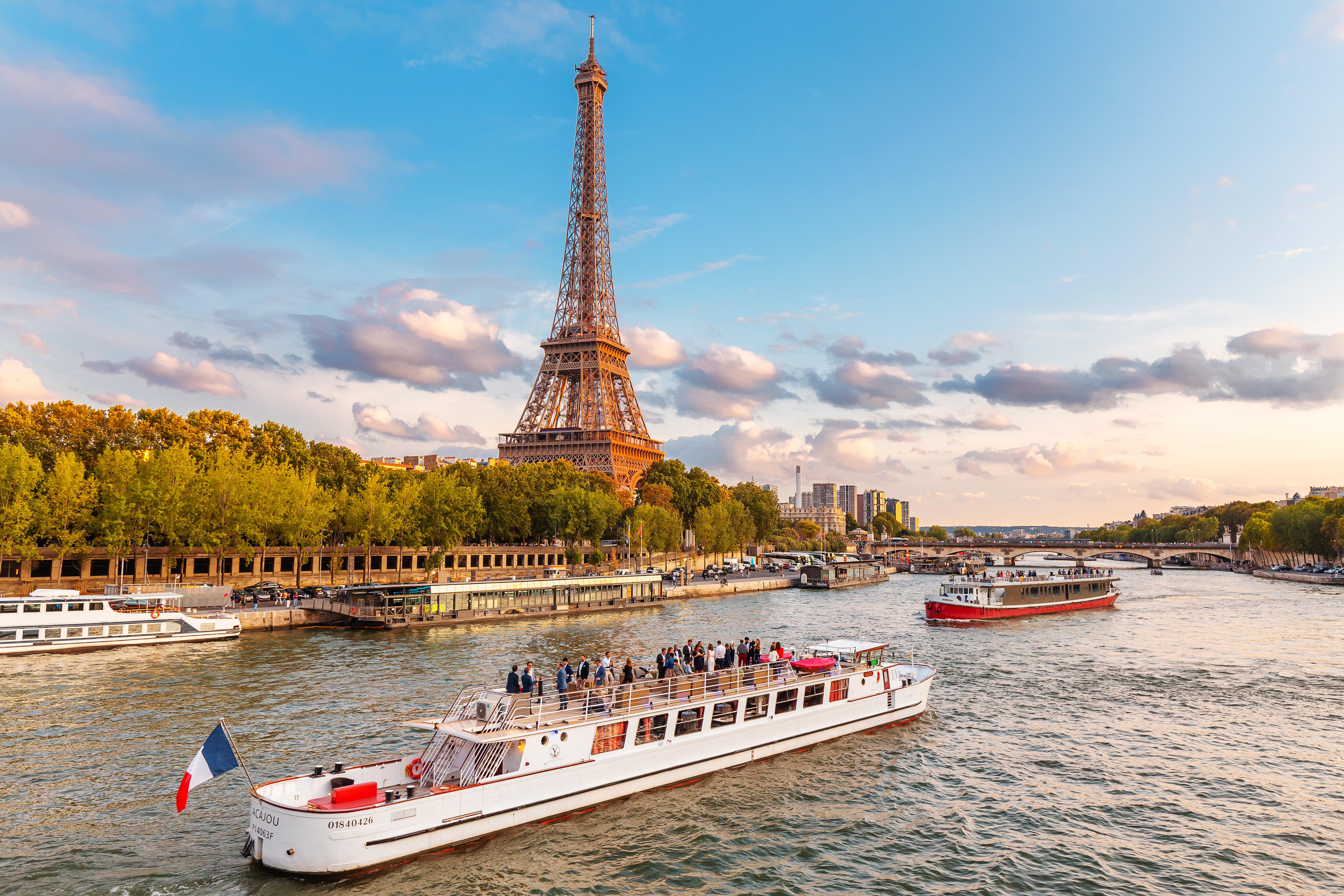Our planet is home to an incredible number of rivers; some estimates say over 150,000! These powerful waterways shape the land and support life everywhere. The Nile in Africa is traditionally known as the longest river. A key fact about the Nile is that it has been a lifeline for ancient civilisations, especially in Egypt. In contrast, the Amazon in South America is the largest river by water volume. A fun fact is that the Amazon discharges more water than the following seven largest rivers combined.

The Congo River in Africa is the world's deepest river, reaching depths of up to 720 feet. It is also the only major river to cross the Equator twice. Do you know which famous European river flows right through the heart of Paris, the City of Light? This particular river is 777 kilometres long. Its banks, known as the Left and Right Banks, are a UNESCO World Heritage site. In this article, we'll take a closer look at the river that has defined the history and beauty of the French capital.
Which River Flows Through Paris?

The river flowing through Paris is the Seine River. It runs for approximately 777 kilometres across northern France. The Seine originates at Source-Seine, a spring on the Langres Plateau in Burgundy, northwest of Dijon. From there, it follows a northwesterly course, winding through cities like Troyes and Rouen before famously bisecting the French capital.
The river eventually empties into the English Channel through a large estuary between the port cities of Le Havre and Honfleur. Its gentle flow, relatively stable water level (due to locks), and deep channel make it a major commercial waterway, connecting Paris to the sea. The river's banks in Paris are a UNESCO World Heritage site.
10 Lesser-Known Facts About the Seine River
- The river's name, Seine, comes from the Celtic goddess Sequana, who was linked to the spring at its source.
- The source of the river is owned by the City of Paris, even though it is 300 km away in Burgundy.
- The river in Paris is actually deepened by locks, making it around 9.5 metres (31 feet) deep on average in the city.
- The famous Pont Neuf (New Bridge) is actually the oldest standing bridge across the Seine in Paris.

- Swimming in the Seine has been officially banned since 1923 due to pollution, though cleanup efforts aim to reverse this.
- During the catastrophic 1910 flood, the Seine rose so high that Parisians had to use boats in the streets.
- The Seine's banks are lined with the dark-green stalls of "Les Bouquinistes", or secondhand booksellers, a tradition since the 16th century.
- Hydrologically, the Yonne River (a tributary) carries more water into the Seine than the Seine itself!
- The Paris coat of arms features a sailing boat, which honours the powerful watermen's corporation that governed the city in the Middle Ages.
- Allied bombings during World War II destroyed most of the bridges over the Seine between Paris and the sea to impede German troop movements.
Comments
All Comments (0)
Join the conversation